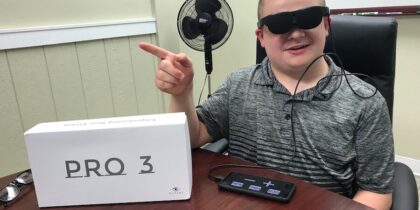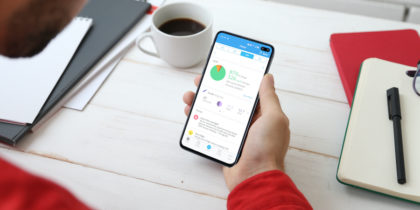Considering the benefits connected health and telemedicine have to offer, it seems logical that busy employees would be jumping on a healthcare solution that gives them more flexibility and helps them save on healthcare costs. However, employees are hesitant to fully engage with telemedicine solutions, even though they offer many advantages for businesses, including reduced claim costs to group employee healthcare plans; fewer unnecessary doctor and ED visits; savings in claim costs ranging $300 a year for a single employee to over $1,000 per year for a family; and a boost in employee productivity.
But even as employers ramp up telemedicine benefit offerings, they’re seeing anemic adoption rates — the Chicago Tribune reports that 70 percent of large employers offered a telemedicine solution as a part of their benefits package, according to a survey by the National Business Group on Health, but only 3 percent of employees had used the service by mid-year. These numbers represent a two-fold loss for employers, many of whom invest in telemedicine solutions as a way to lower their ever-rising healthcare costs. So why aren’t employees taking advantage of the benefits of connected health?
Many employees simply don’t understand the concept of connected health. If someone perceives healthcare as a process that involves physical access to a doctor, a medical evaluation over the phone will make little sense. Others are generally skeptical, while more are simply unaware that it’s a benefit offered by their employers.
Healthcare technology is progressing every day.
Download this eBook for a free guide on the latest trends in digital healthcare. Download Now
Boosting Employee Adoption With Education
Employers and HR leadership who are looking to gain buy-in for telemedicine benefits should focus on educating employees about how they can use technology to access affordable medical care — without visiting a doctor. The majority of employees already has access to a smartphone. In 2015, the Pew Research Center reported that 68 percent of adults in the U.S. owned a smartphone, jumping from 35 percent from just four years ago. Not only this, but almost 60 percent of users in the U.S. currently manage their health via smartphones, and that number is almost guaranteed to grow. Even baby boomers are open to using mobile devices to improve their health. More than 75 percent have used their smartphones to download at least one mHealth app, and almost 50 percent have downloaded six or more. This reveals that there’s an opening in the general population to broaden the use of smartphones as health tools.
Recommendations from doctors your employees already trust, as well as endorsements from other healthcare practitioners, can help employees move from mobile health apps to telehealth. Additionally, employee programs that involve posters, welcome kits, seasonal campaigns and other tactics can help educate employees about the benefits available to them.
Finding a Balance Between Telehealth and In-person Care
Understandably, many employees see smartphones as poor substitutes for a physical trip to the doctor. Even with the most sophisticated telehealth solutions, there are some aspects of a physician’s visit that a smartphone simply can’t replace, especially for patients with serious conditions that require frequent in-person treatment. But high resolution cameras and other solutions (such as wireless blood pressure cuffs) are increasingly bringing many aspects of physical evaluations to connected health users who have chronic conditions. As we see more advancements in vital signs monitoring devices, expect to see the role of smartphones as a telemedicine platform expand.
Ultimately, the telehealth discussion must center around employee healthcare and productivity. Employers can expect to realize all the benefits telemedicine offers if they focus on educating employees and building benefit plans that incorporate connected health solutions as well as directly address their employees’ health concerns.
Samsung offers a wide variety of personal health technology designed to help users take charge of their own health and wellness.








